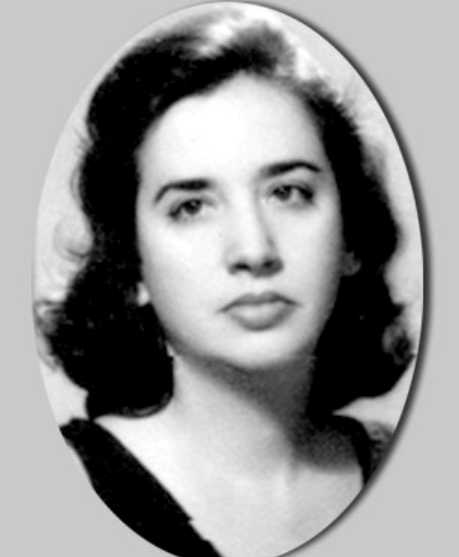4.1.2.12 Life and poetics of Cleva Solís (1926-1997)

Cleva Solís’s poetic work took place under the sign of various aesthetic creeds, which the author adopted to form a personal poetics, based on tradition and contemporaneity but transcendent in the sense of the search for her own expression, not because of a claim to originality but because it stemmed from a sui generis poetic personality that sought untrodden expressive channels.
The poet spent several years in her adolescence confined to bed due to an illness from which she managed to recover, a period that undoubtedly influenced her worldview and also allowed her to devote more time to the cultivation of literature, based on a broad cultural background that would become more intense in her more mature creations, without losing concreteness and poetic simplicity.
He pursued a career in advertising and also studied library science at the Economic Society of Friends of the Country and at the University of Havana (University Hill, Vedado), even working for many years afterwards at the José Martí National Library (Avda. Independencia and 20 de Mayo, Cerro). In this regard, he carried out an intense cultural work that is not limited to his valuable creative work.
The Origenist sphere was the starting point for his personal investigations into the complex framework of poetry, identified with the search for a deep Cuban identity, although the intellectual sense of his apprehension of reality is already evident at this stage, a rather sparse emotion not directly aimed at sensorial enjoyment.
During the Republican era, she published the book “Vigilia” (Vigila). During the Revolution, she published the notebooks “A nadie espera el tiempo” (Time Waits for No One) and “Las mágicas distancias” (The Magical Distances) in 1961; finally, she published “Los sabios días” (The Wise Days) in 1984. After her Origenist beginnings, she would approach the poetics of Samuel Feijóo, also engage in conversationalism and participate in a certain transcendentalist esotericism, without losing her essence as an intellectual poet, exploring this aspect of Cuban culture above all else.
Regarding her work, the multimedia “Orígenes” (Origins) states that it is a symbiosis of multiple criteria: “It is characterized by the insinuation of light and color (as Fina García Marruz would say), like magical entities that make her share the reality of the world she contemplates. Like a subtle and humble invitation to inhabit it, it is her work, exalted by the greatness of her verse and painting, that gives it that plasticity and volatile sensation and strangeness, nuances of the otherworldly. José Coronel Urtecho has said of her poetry that it is “evidently full of secrets,” perhaps hidden in that “face of a Roman lady stained with Tibetan tea” that José Lezama Lima divined in her.”








